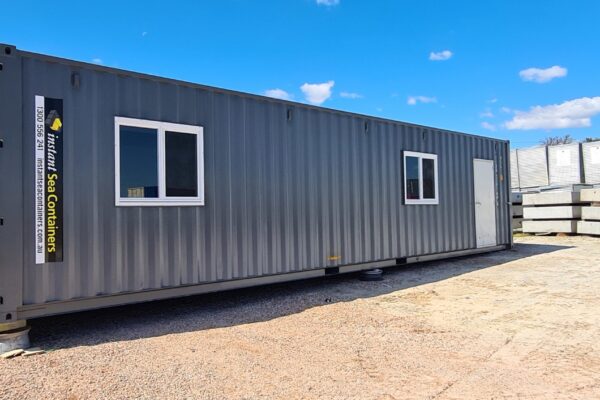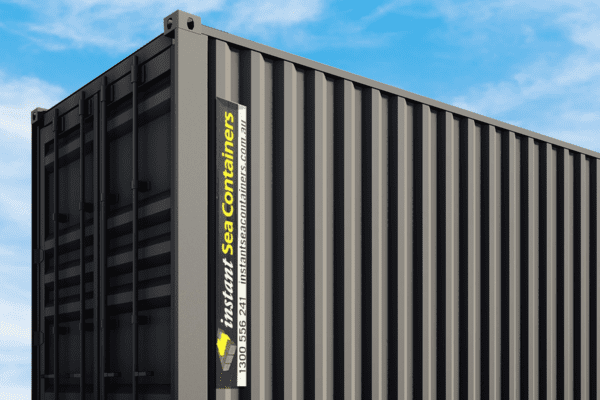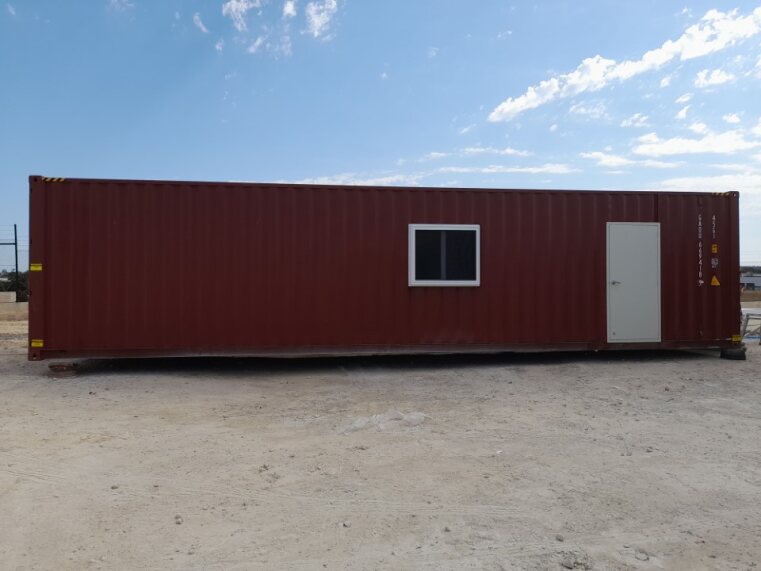In recent years, shipping container homes and buildings have surged in popularity. They stand as symbols of innovative and sustainable design. These steel modules are robust and modular, making them both eco-friendly and versatile. Yet, due to their metallic nature, they need proper insulation for comfortable living. Shipping container insulation is not just a luxury—it’s essential. With it, a container home or building can offer consistent comfort, regardless of the weather outside. Moreover, insulation boosts energy efficiency and extends the structure’s lifespan by warding off problems like condensation and corrosion.
Table of Contents
Diving into this blog, we’ll explore the intricacies of insulating a shipping container, guiding you through best practices and expert recommendations, ensuring your container transformation is both efficient and long-lasting.
Why Shipping Container Insulation is Crucial
Understanding the Properties of Metal
Metal, by its inherent nature, is an excellent conductor of heat. This means that shipping containers, which are primarily made of steel, are highly susceptible to temperature fluctuations from their surroundings. During warmer months, a container can absorb heat rapidly, turning the interior into a furnace. Conversely, in colder conditions, it can quickly lose any internal warmth, leaving the interior chillingly cold.
Health Risks & Loss of Goods
Neglecting to insulate a container can lead to several detrimental consequences. The most immediate is condensation. As warm, moist air inside the container comes into contact with the cooler metal surface, water droplets form. This condensation can then become a breeding ground for mould, posing health risks and damaging items inside. Additionally, without insulation, the interior can experience temperature extremes, making it inhospitable and potentially damaging to any goods or possessions stored inside.
Over time, this constant exposure to moisture and temperature changes can accelerate corrosion, compromising the container’s structural integrity. In essence, insulation isn’t just about comfort—it’s about preserving the life and functionality of the container itself.
Types of Insulation Suitable for Shipping Containers
Spray Foam Insulation
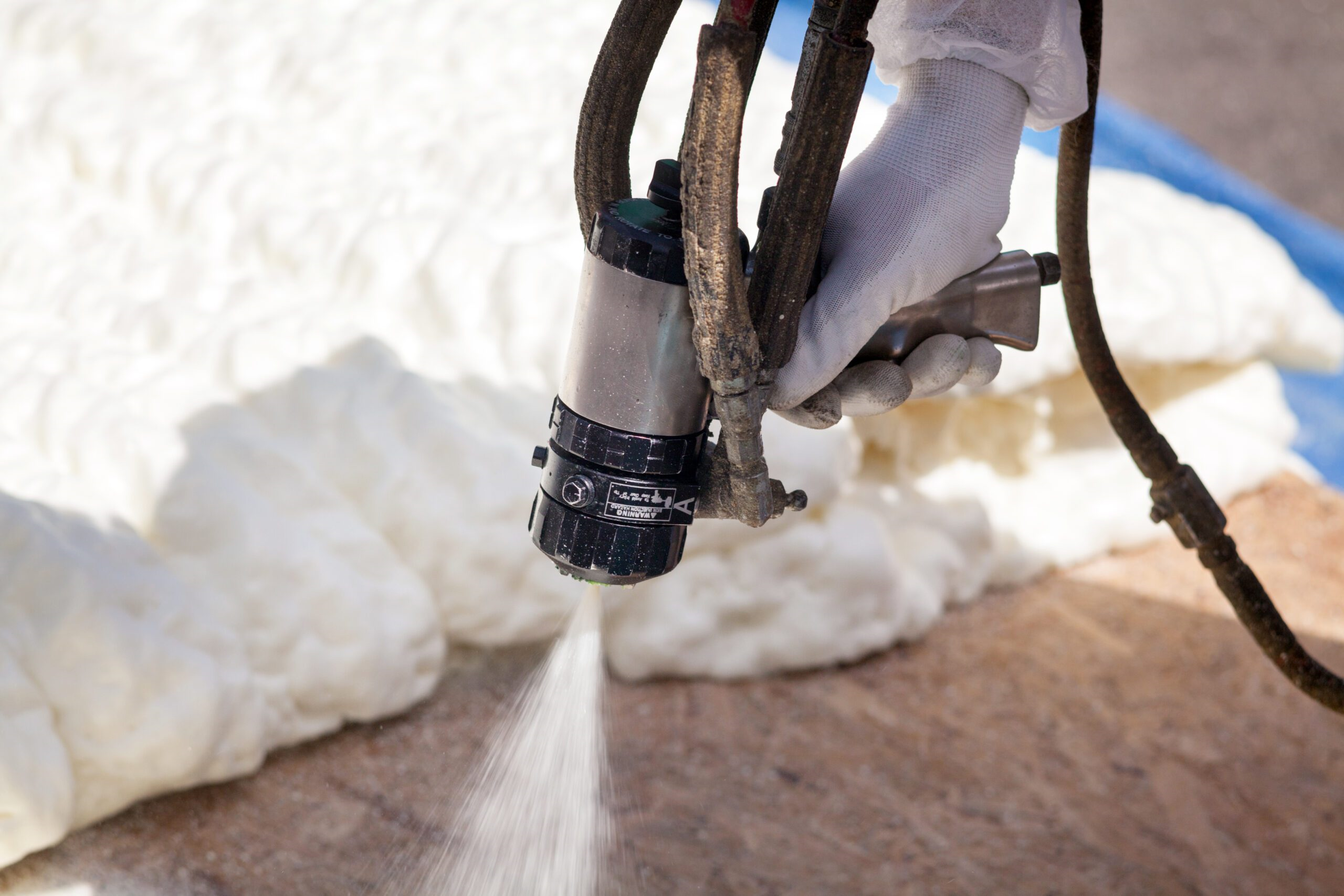

Spray foam insulation is a two-component mixture that combines to form a foam. It’s applied as a liquid which then expands and hardens, filling gaps and sealing the container.
Benefits
It provides a high insulation value, acts as a strong vapour barrier, and easily fills nooks and crannies. This makes it perfect for the uneven surfaces of a shipping container.
Installation Tips
It tends to be more expensive than other options and requires professional installation to ensure safety and effectiveness.
Blanket Insulation (Batt and Roll)
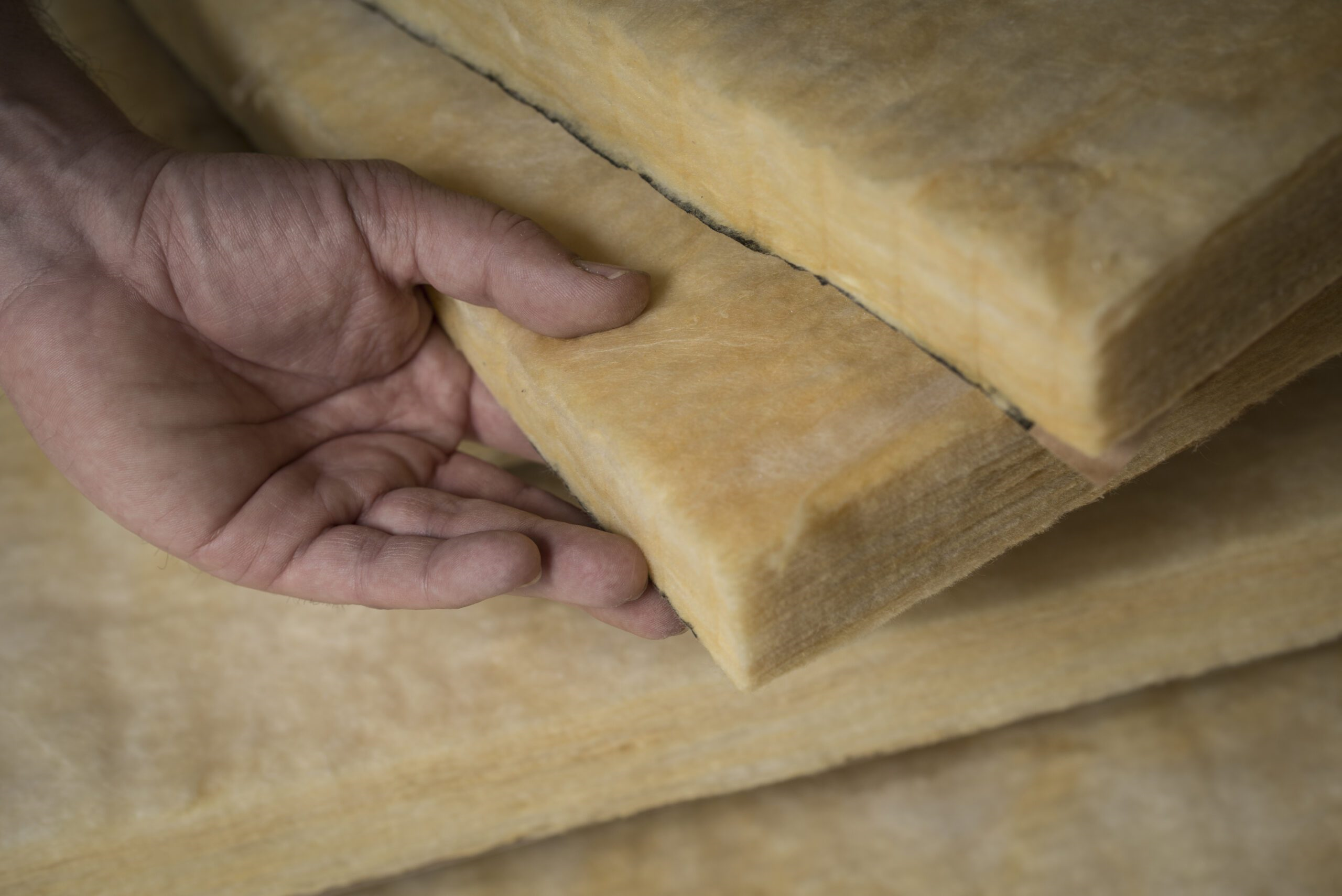

Commonly made from fibreglass or mineral wool, these insulation types come in large rolls or pre-cut panels.
Benefits
They are generally more affordable and can be DIY-installed.
Installation Tips
They require a stud wall or frame to hold them in place inside the container, which can reduce internal space. Also, they might not seal as completely as spray foam, leading to potential gaps.
Structurally Insulated Panels (SIPS)


SIPs are robust panels composed of insulating foam sandwiched between structural materials.
Benefits
At Instant Sea Containers, we use SIPs for all our sea containers for hire and purchase, ensuring superior insulation, enhanced energy efficiency, and robust durability for all our shipping containers.
Installation Tips
Ensure container walls are smooth and clear. Accurately measure and cut SIPs, affix securely following manufacturer’s guidelines, and meticulously seal all joints to block air and moisture leakage.
Eco-friendly Options
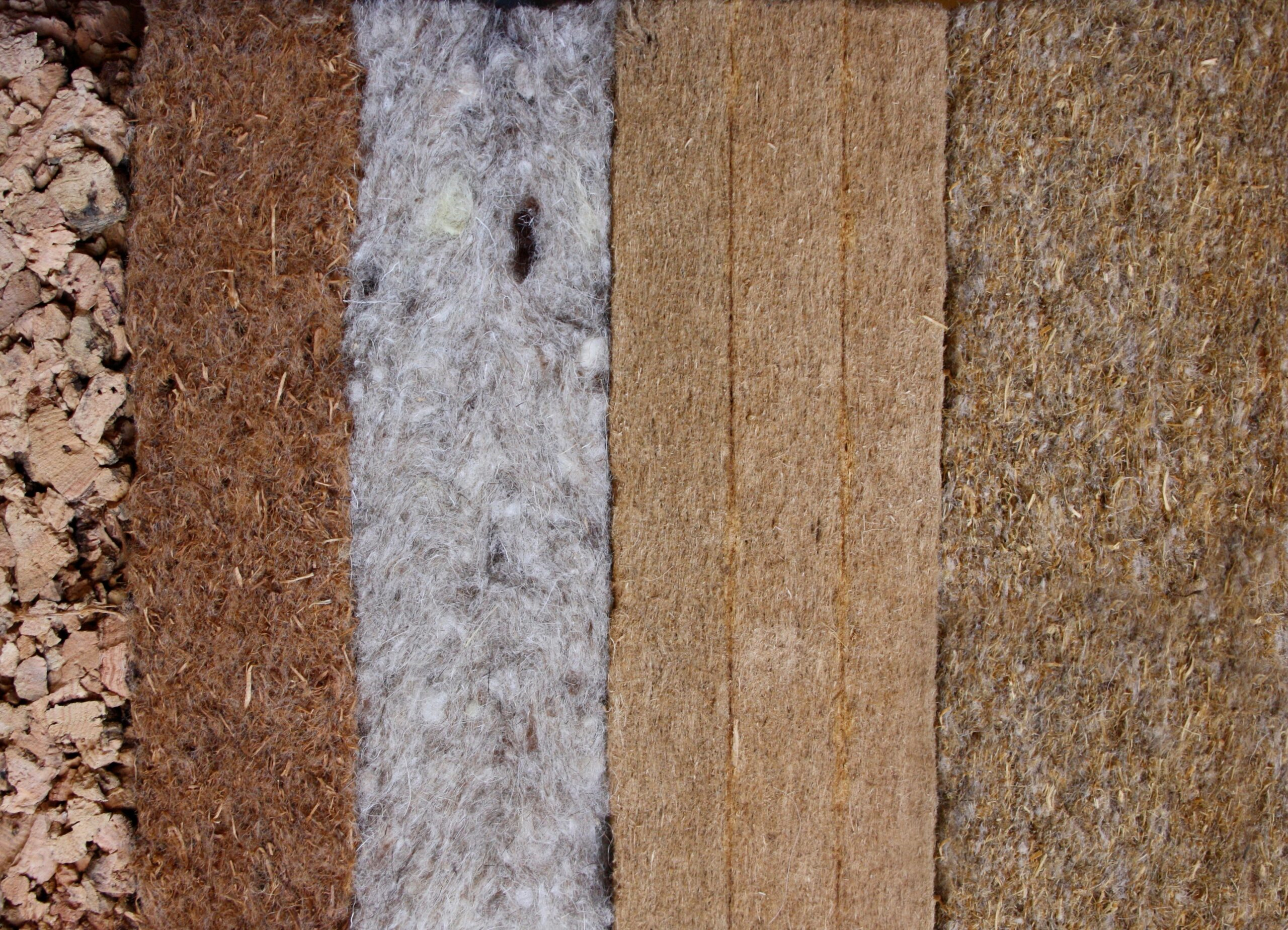

Natural insulators like sheep’s wool or recycled denim are sustainable choices.
Benefits
Aside from being environmentally friendly, they can provide excellent insulation properties. Wool, for example, can regulate moisture naturally, reducing the risk of condensation.
Installation Tips
Ensure good ventilation when installing, as some natural materials may release minute particles.
Tools and Materials Needed
Embarking on a container insulation project requires a set of essential tools and materials to ensure both safety and precision. Here’s a quick checklist to get you started:
- Safety Gear: Always prioritise safety. This means using protective gloves, safety glasses, and a dust mask, especially when handling fibrous materials.
- Measuring Tape: Essential for getting accurate measurements of the container’s interior.
- Utility Knife: Useful for cutting insulation materials to size.
- Adhesive: For shipping container insulation panels, a strong adhesive is needed.
- Staple Gun: Handy for securing blanket insulation.
- Spray Foam Gun: Specifically for applying spray foam insulation.
Remember, the choice of your shipping container insulation method might necessitate specific tools. For instance, if you opt for spray foam, you’ll need a specialised applicator. Always refer to the manufacturer’s guidelines or consult a professional if unsure about the tools required for your chosen insulation type.
Step-by-Step Insulation Installation Guide
1. Preparation
Cleaning: Begin by cleaning the interior of the container, removing any dirt, debris, or old paint. This ensures a smooth surface for insulation adherence.
Assessment: Examine the container’s condition. Look for any signs of rust, corrosion, or structural damage.
Repairs: Before proceeding with insulation, address any identified rust spots by sanding them down and applying a rust-proofing primer. Any structural issues should be repaired at this stage.
2. Measurement and Cutting
Precise Measurements: Use a measuring tape to gauge the length, width, and height of the container’s interior. Remember to factor in any irregularities or structural components.
Cutting: Once measurements are taken, cut your insulation material to size. Using a sharp utility knife ensures clean edges. Always cut slightly larger than the measurement, as it’s easier to trim excess than to add more.
3. Installation
General Principles: Regardless of insulation type, always start from one corner and work your way across, ensuring no gaps are left. Adhere to the container’s surface securely.
Specific Techniques: For spray foam, use a specialised applicator in a consistent motion. For panel or blanket insulation, secure them with adhesives or staples, respectively.
4. Final Touches
Sealing Gaps: It’s vital to ensure no gaps remain. Use additional insulation or sealing tape to cover any small gaps or seams.
Vapour Barrier: If using insulation that doesn’t double as a vapour barrier (like spray foam), ensure a separate vapour barrier is installed to prevent moisture issues.
Review: Once installed, do a thorough check to ensure complete coverage. Look for any missed spots or areas that might need additional insulation or adjustments.
Redefining Container Spaces with Instant Sea Containers
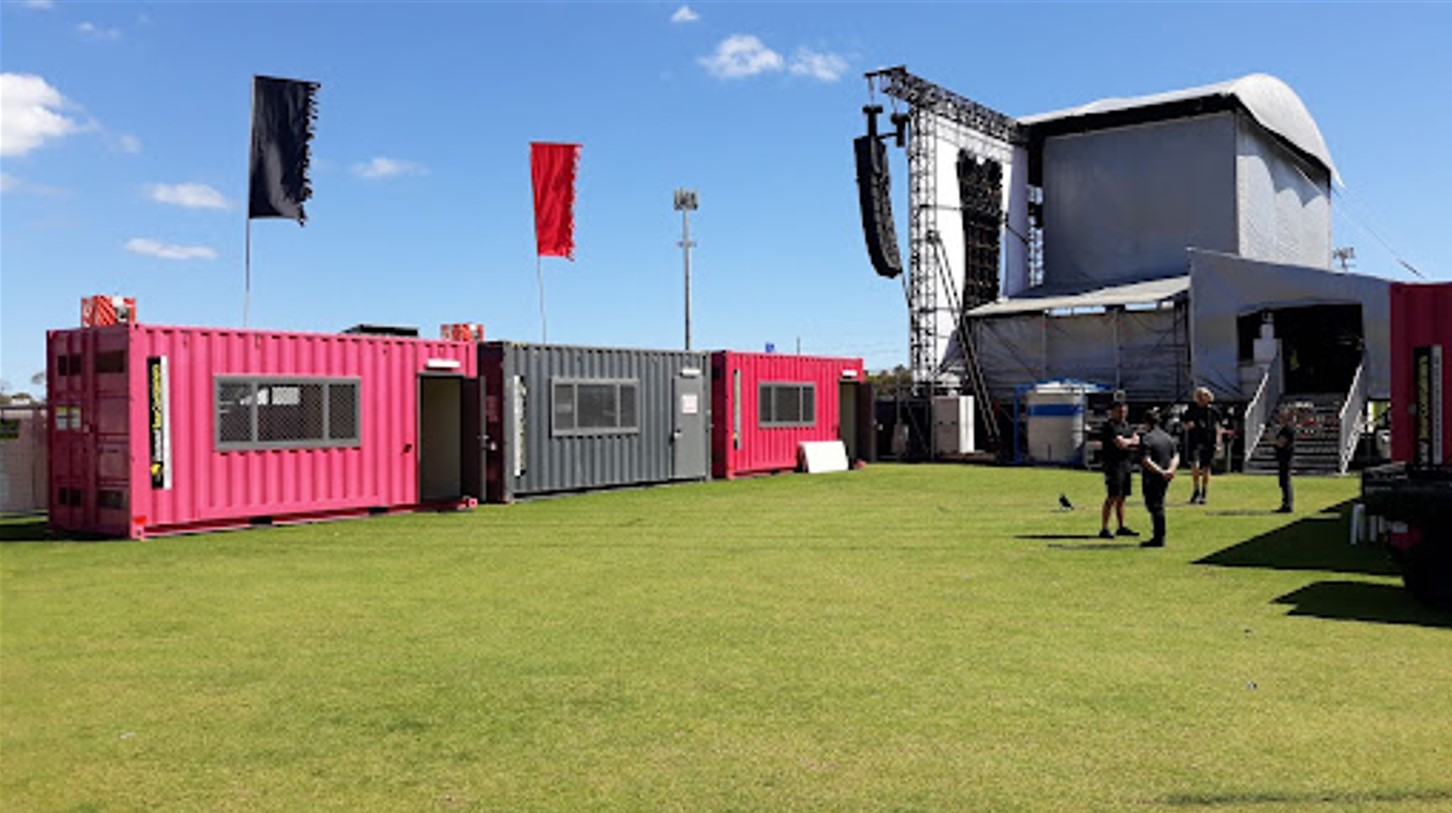

At Instant Sea Containers, you don’t have to worry about insulation when hiring or purchasing shipping containers from us. We use Structurally Insulated Panels (SIPs) to ensure superior insulation, enhanced energy efficiency, and robust durability for all our units, providing you with a ready-to-use, comfortable space for any purpose.
If you’re inspired to embark on a shipping container transformation journey or considering a robust solution for your business needs, look no further than Instant Sea Containers. We specialise in providing high-quality sea containers tailored to your requirements. Explore our range by visiting our new shipping containers for sale or connect with our experts directly at (08) 9406 6600. Let us assist you in making the best choice for your container needs.
For those exploring shipping containers, Instant Sea Containers is your premier destination. We offer a wide range of high-quality sea containers for sale, ensuring superior insulation, energy efficiency, and durability. Visit us at 18 Rogers Way, Landsdale WA 6065 or call 08 9415 0720 for expert advice and 24/7 customer support.
Frequently Asked Questions
Why is insulation important for shipping containers?
Insulating is crucial for maintaining a comfortable temperature inside shipping containers, preventing condensation, and extending their lifespan by protecting against corrosion.
What are the best types of insulation for shipping containers?
Spray foam insulation, blanket insulation (batt and roll), structurally insulated panels (SIPs), and eco-friendly options like sheep’s wool or recycled denim are all suitable for shipping containers.
Can I install insulation in a shipping container myself?
Yes, certain types of insulation, such as blanket insulation, can be installed DIY. However, spray foam insulation is best applied by professionals.
How does insulation affect the internal space of a shipping container?
Insulation can slightly reduce the internal space of a shipping container, especially if a stud wall or frame is required for installation.
Are there eco-friendly insulation options available?
Yes, natural insulators like sheep’s wool and recycled denim offer sustainable and effective insulation solutions for shipping containers.
How do I prepare a shipping air proof for insulation?
Start by cleaning the interior, assessing for any damage or corrosion, and making necessary repairs. This ensures a smooth surface for insulation adherence.
What tools and materials do I need for insulating a shipping container?
Essential tools include safety gear, a measuring tape, utility knife, adhesive, staple gun, and a spray foam gun if using spray foam insulation.
How long does it take to insulate a shipping container?
The time required varies based on the insulation type and the container’s size. DIY projects might take a weekend, while professional installations could be completed in a day.
Can insulation improve the energy efficiency of a shipping container home?
Yes, proper shipping container insulation significantly enhances the energy efficiency of shipping container homes by maintaining stable internal temperatures and reducing the need for heating and cooling.


Managing Director at Instant Sea Containers
Scott Rawson is the Managing Director of the Instant Products Group, a specialist group of companies that offer portable building solutions, including sea containers, transportable offices, and portable sanitation products.
